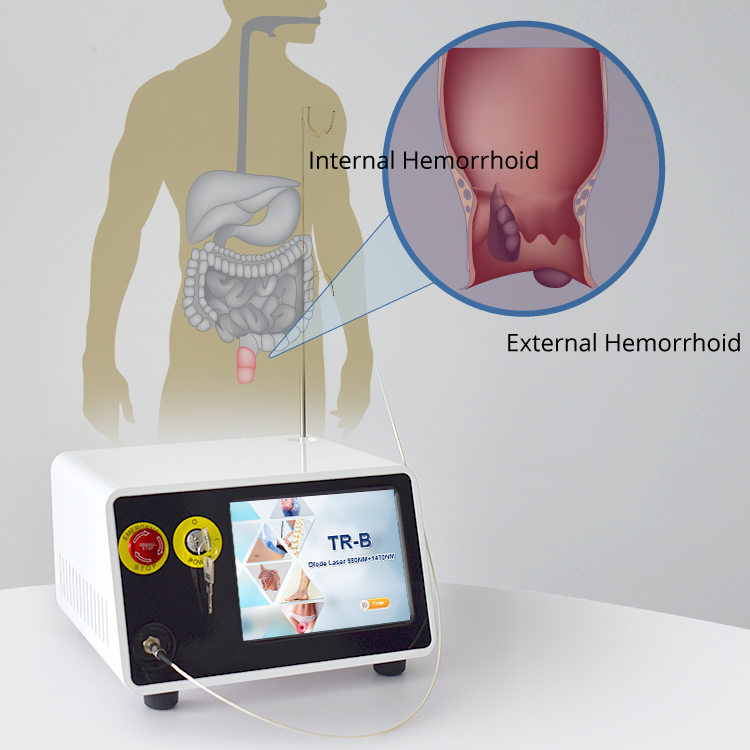Hemorrhoids are a disease that is characterized by varicose veins and venous (hemorrhoidal) nodes in the lower part of the rectum. The disease equally often affects men and women. Today, hemorrhoids are the most common proctological problem. According to official statistics, from 12 to 45%suffers from this disease all over the world. The disease is more common in developed countries. The average age of the patient is 45-65 years.
Varicose expansion of nodes often develops gradually with a slow increase in symptoms. Traditionally, the disease begins with the sensation of itching in the anus. Over time, the patient notes the appearance of blood after an act of defecation. The volume of bleeding depends on the stage of the disease.
In parallel, the patient can complain about:
1)pain in the anal region;
2)loss of nodes during straining;
3)a feeling of incomplete emptying after going to the toilet;
4)abdominal discomfort;
5)flatulence;
6)constipation.
1) Before Surgery :
Before undergoing the surgical procedure, the patients were submitted to colonoscopy exclude other possible causes of bleeding.
2) Surgery :
Insertion of the Proctoscope into the anal canal above the hemorrhoidal cushions
• use detection ultrasound (3 mm diameter, 20MHz probe).
• Application laser energy for branches of hemorrhoids
3) after Laser Hemorrhoids Surgery
*There may be drops of blood after surgery
*Keep your anal area dry and clean.
*Ease your physical activities for a few days until you feel completely fine. Don’t go sedentary; *keep moving and walking
*Eat a fiber-rich diet and drink enough water.
*Cut down on junks, spicy and oily foods for a few days.
*Back to regular work-life with just two or three days ,recovery time is typically 2-4 weeks
Post time: Oct-25-2023

